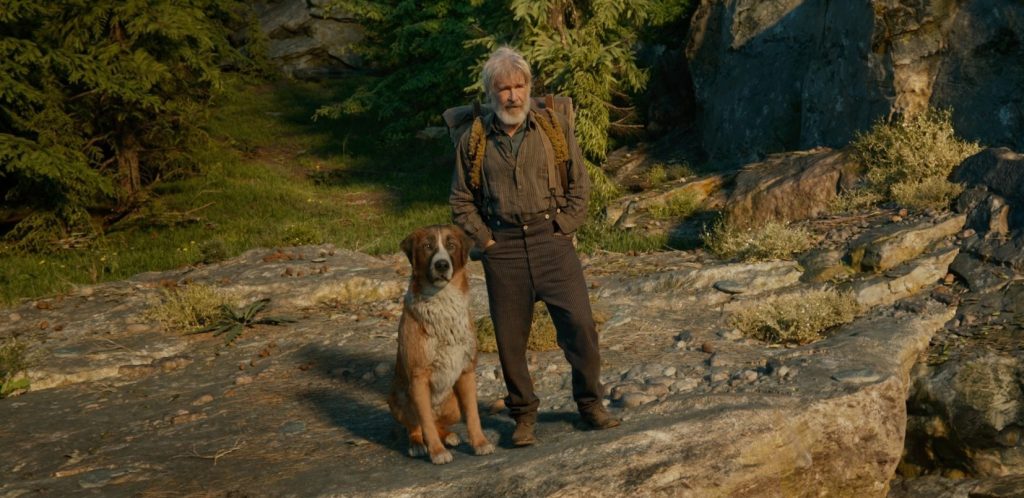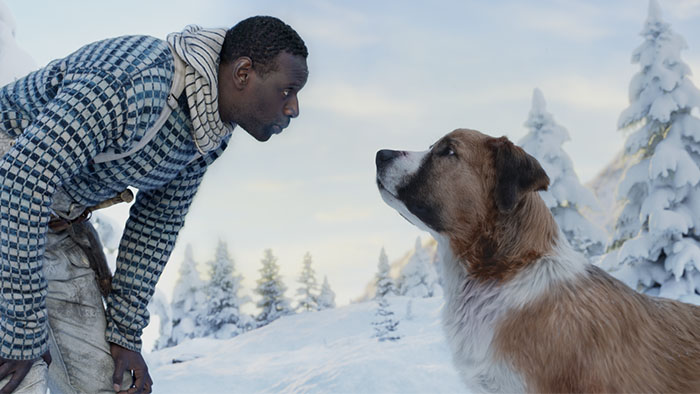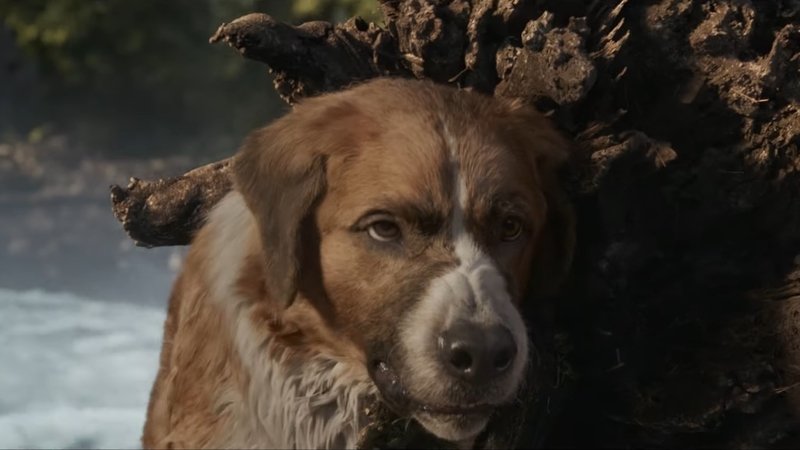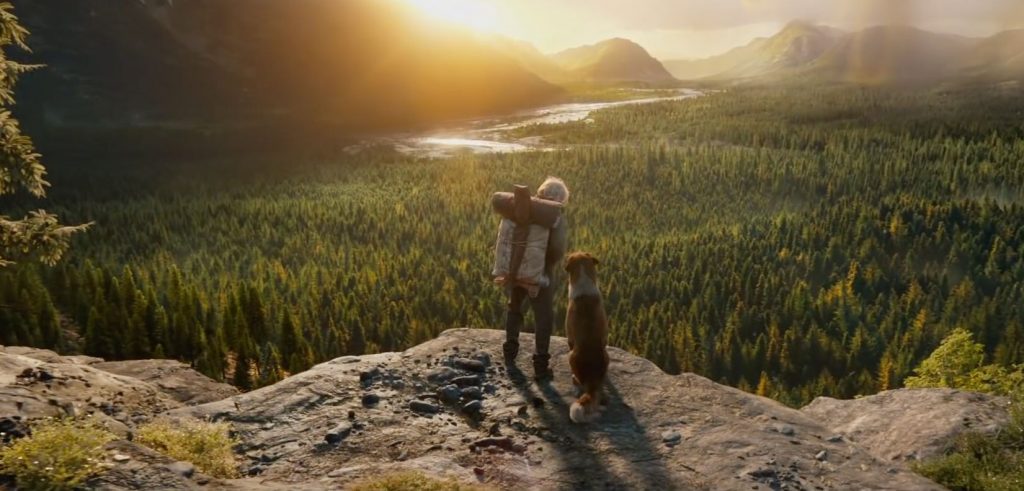
The written work of Jack London has been celebrated for more than 100 years, with some of his most popular stories set in the Yukon where he once traveled and lived. His naturalist fiction loosely based on his experiences strove to detail both the beauty and harshness of the wild and all lifeforms who either live there or are drawn to it. His work has been adapted into film a few times over the years and the latest attempt is The Call of the Wild, which uses new technology to tell its story. While advancements have no doubt assisted the filmmakers in accomplishing some of the trickier aspects of bringing the source material to life, they also end up being responsible for the movie’s biggest issues.

Buck is a large and rambunctious St. Bernard/Scot Collie mix, unable to stay still and causing nothing but trouble for his owner in Santa Clara, California. One night, Buck is kidnapped and shipped to the north to be sold as a work mutt during the Gold Rush. He passes from owner to owner, starting as a postal sled dog for French-Canadian mailman Perrault (Omar Sy) and his wife (Cara Gee) and then for a greedy prospector (Dan Stevens). The dog begins having visions of a spirit wolf as he contemplates his lot in life. Buck also starts to cross paths with loner John Thornton (Harrison Ford) and the two eventually set out to find themselves and their true calling in the wilderness.

While the story itself has been softened just a bit, the basic structure and ideas remain close to the source. Buck the dog is the central character and he doesn’t speak, but his thoughts and actions are narrated by Thornton. As such, Harrison Ford is tasked with delivering the film’s themes through voice-overs and accomplishes the task well. He’s also a welcome sight as his troubled character becomes more involved in the proceedings, verbally sharing his thoughts on the Yukon as he and the dog venture out into the unknown. Stating the observations of both the pooch and himself bluntly could have come across as corny, but the performer delivers the material with gravitas.

It’s the heavy addition of CGI that causes some concern. The animals featured, including Buck are computer fabrications. On the one hand this is completely understandable, as the dog is put in all kinds of dangerous situations. In some shots (mostly wide ones), the pooch looks reasonably believable. However, close ups do have a rather fake and waxy look. It is more than likely that small kids won’t have much of a problem with the phoniness on display, although older viewers like myself will have a harder time suspending disbelief.

And speaking of phoniness, the other big issue the film has is with its CGI backdrops. Not only are all of the animals on display digital creations, but at times the wilderness appears to be generated in a hard drive. With the exception a couple of drone shots, many other natural elements are either completely artificial or digitally enhanced. Again, this likely won’t be an issue for children, but adults will note that most of the actors in the wild look like they’re on a studio backlot or standing in front of a green screen. For a movie espousing the wonders of the hinterland, returning to the life of one’s forefathers and living in uncharted nature, well, you’d hope for there to be some real and authentically majestic scenery in the background. There’s less here than one would expect.
In the end, the messages espoused in the feature are valid and engaging. And the adventure on display will likely be exciting for younger viewers or those who don’t mind the Yukon outback looking like a video game. But once again, as a grouchy adult, the reliance on computer-generated characters and locations is off-putting and seems a contradiction to both the film’s and the book’s message. As a result, The Call of the Wild is a passable family film, but one that never truly feels as free or untamed as it needs to be.


